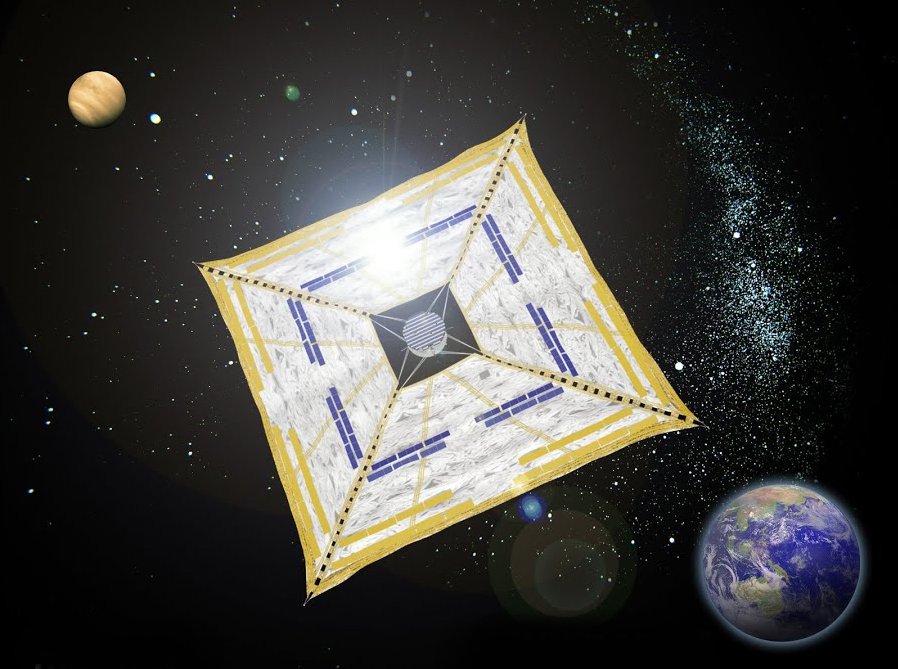International scientists, including a team from Heriot-Watt University in Scotland, are innovating by developing a revolutionary new way to harvest solar energy in space. Inspired by photosynthesis, this technology promises to convert sunlight directly into laser beams, enabling energy transmission over long distances, such as between satellites, to lunar bases, or even back to Earth. Funded by the European Innovation Council and Innovate UK, this initiative relies on the structure of certain bacteria recognized for their efficiency in capturing sunlight to provide reliable energy for future space missions and offer sustainable energy solutions on Earth.
International scientists, including a team from Heriot-Watt University in Scotland, are developing a revolutionary method to harvest solar energy from space. Their technology aims to directly convert sunlight into laser beams, thereby facilitating the transmission of power over long distances, such as between satellites or to lunar bases.
Inspired by natural photosynthesis, they are using the light collection antennas of certain photosynthetic bacteria, capable of efficiently capturing sunlight. This approach will be tested in the laboratory before being adapted to the space environment, potentially offering a sustainable energy source for missions to the Moon or Mars. The project, funded by the European Innovation Council and Innovate UK, brings together researchers from the UK, Italy, Germany, and Poland to create these innovative solar lasers.

Towards harvesting solar energy in space
Scientists worldwide, including a team from Heriot-Watt University in Scotland, are working to develop a revolutionary method for harvesting solar energy directly in space. Inspired by photosynthesis, this technology will convert sunlight into laser beams, thus allowing energy transmission over considerable distances, between satellites or from the Moon to Earth. This initiative could transform how space agencies power their future missions, using more sustainable and efficient technologies. This collective effort, supported by the APACE project and funded by the European Union, promises to change the future of energy in space.
By studying the light-harvesting antennas of certain bacteria, the team intends to replicate these biological structures in the laboratory. These bacteria, capable of capturing almost every photon of light, will become the model for creating new laser materials that can function under space conditions. The creation of artificial versions of these structures will complement this development by increasing the efficiency of solar lasers for powering lunar or Martian bases.
The impact of biomimicry in space technologies
The project relies on biomimicry, a concept where nature inspires technological advancements, as explained by Professor Erik Gauger. The idea is to leverage natural photosynthetic machinery to gain an advancement in space energy production. By using such structures, scientists aim to significantly amplify the energy flow from sunlight, creating a naturally powered laser without resorting to perishables electronic components. This innovative method could radically change the energy supply for space operations, enabling a more eco-responsible exploration.
The evolution of energy solutions beyond Earth
The possibility of cultivating bacteria in space, as demonstrated by some studies on the International Space Station, opens the way for self-sufficient and innovative technologies. These technologies provide a solution for generating energy directly on space stations. This would enhance the energy independence of space missions by reducing reliance on components sent from Earth. Through laser infrared, energy could be redirected to satellites or even returned to Earth, making space projects more sustainable and extending the reach of human exploration.
Articles similaires
Thank you!
We will contact you soon.














